History lives on in memories – and is narrated and interpreted by each generation anew. With “The Record Archive”, artist Dani Gal presents a section of his record collection, which draws on the media’s construction of history.
As part of the POWER TO THE PEOPLE exhibition at the SCHIRN the Jerusalem-born artist Dani Gal presents his work „The Record Archive“. To this end, he brings together speeches by and interviews with leading world figures, audio documents on peace agreements and on struggles for human rights, and radio broadcasts about events that have entered into our collective historical memory. The result is a mash-up of 20th-century world history.
In this way, Gal formulates far-reaching questions about remembrance and processing history: “The project examines how recorded political events were commodified and what role sound documentation has in the interplay between personal and collective/national memory.” One example is the first recording, which Dani Gal acquired in 2005 and which formed the foundation for a collection that now comprises around 700 LPs: the “Victory Album” of the war between Israel and the Arab States in 1967, the so-called Six-Day War. “So many copies of it were printed that you can still find them in most secondhand record stores in Israel. It was a perfect starting point for the collection. […] Since then I have found six different Six-Day War albums in Hebrew, English, Danish, French and Yiddish.”
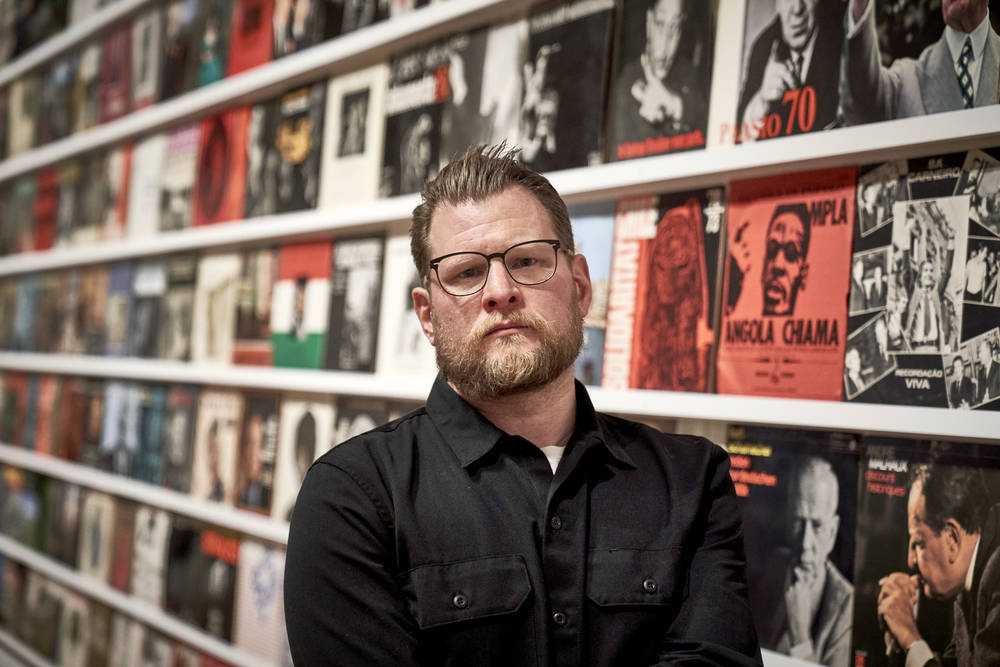
What motivates somebody to listen to a record like that over and over again? “The Record Archive” poses these and many other questions, going far beyond the roots of the relevant vinyl recordings: “They certainly had entertainment value, but there was something else that drew the listener. Sound creates atmosphere and space. The instant someone plays a record of a speech, or a national/political event at home is the moment when the personal meets the national.”
The editing process defines that, which will be remembered
And Dani Gal breaks even further with the literal understanding of the content: “When I started to think about these political recordings as material, it created an opportunity to listen to them severed from their historical context, and sometimes even from their specific content. This process revealed the mechanism of their production and helped to understand them in a new light. The records stand between what ‘happened’ and the listener. They contain all the filters, all the stages from the ‘real event’ through to what was recorded, including the noise from the microphone and the transmission. These recordings were later edited, selected and distributed. Now it is that process which defined what will be remembered.”
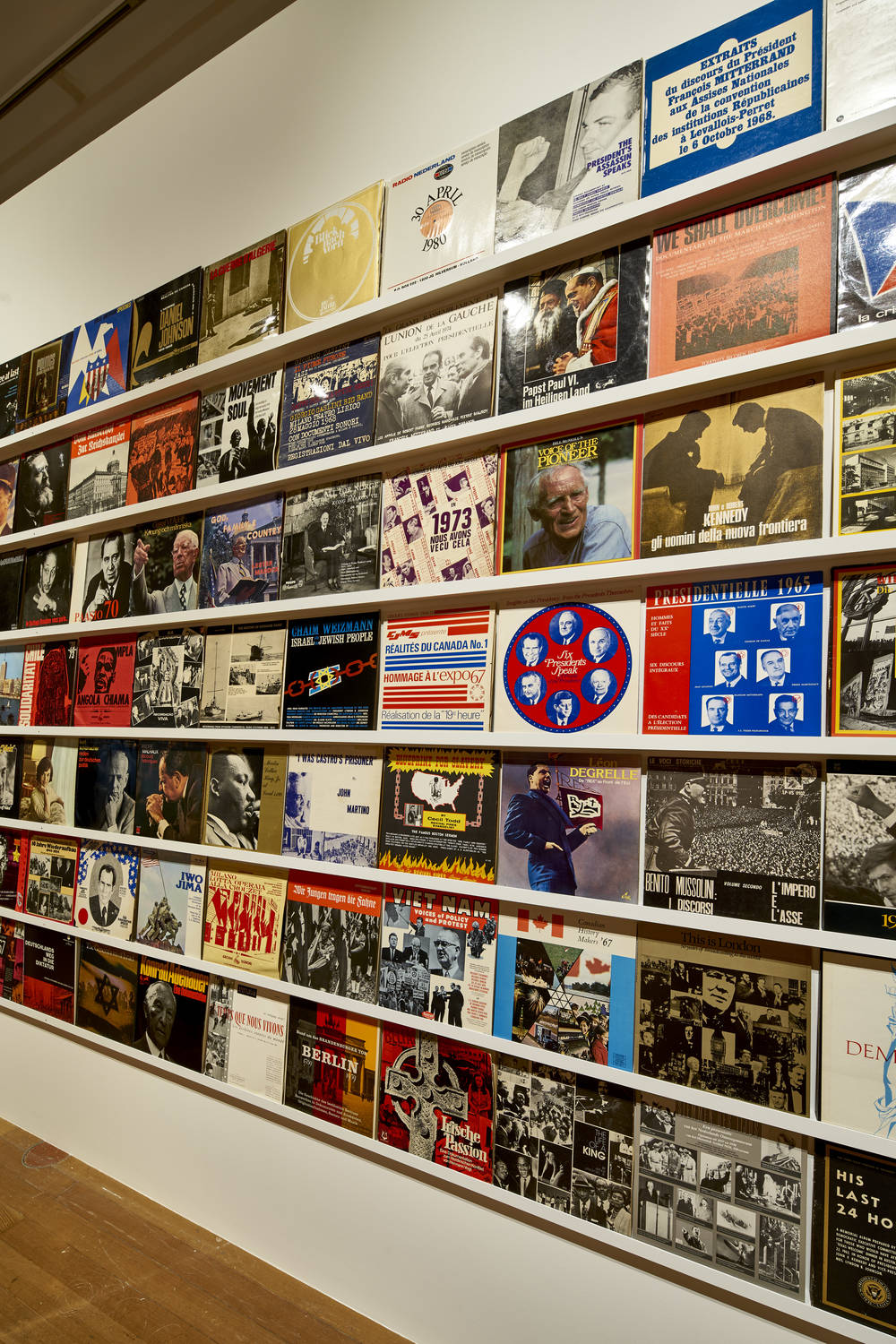
Here, Dani Gal uses as a basis the “Mathematical Theory of Communication”, published in 1948 by American mathematician Claude Shannon, the “father of information theory”: Applied to the vinyl recordings, a political event can be considered an information source and the mike as the broadcaster of a news item, which becomes a signal and subsequently reaches a target (the listener). Between the signal and the target, a sound source also plays a role: “The noise of the recordings makes us become aware of the technology that was used to reproduce sound […].”
Today vinyls are considered fetish objects so when you have political events printed on them, it turns this history into a fetish.
The awareness of this makes it possible for us to understand the records in a new way, as Gal noticed after purchasing the “Victory Album”: “I bought it because I was interested in audio-political documents as field recordings. In 1967, Luc Ferrari composed “Presque Rien (Almost Nothing) No.1”. It was one of the first compositions of field recordings as Musique Concrète, a soundscape that documents one day in an attempt to capture a memory of it, though the Six-Day-War album was made for an entirely different purpose. It is a carefully constructed propaganda record that was made to shape a national narrative – to form memory on a collective level.”

In terms of field recordings (the tradition of capturing sounds outside a controlled studio environment), Shannon’s model can likewise be understood metaphorically: sound as disruption, shifting into the foreground, as an unwanted element in a society, interrupting the actual news coverage and therefore something that “needs to be” be purged, deleted. The listeners should therefore always ask themselves: In what environment, at what time was a recording made? And: What’s missing? What has been left out?
Remembrance as a creative process
Just as in Dani Gal’s installation, thus the politico-historical content any record aspires to present is itself a composition. After all, remembrance, for example of defining moments in history, is a creative process – the formation of memories from fragments that we have experienced at different points in time and in different places.
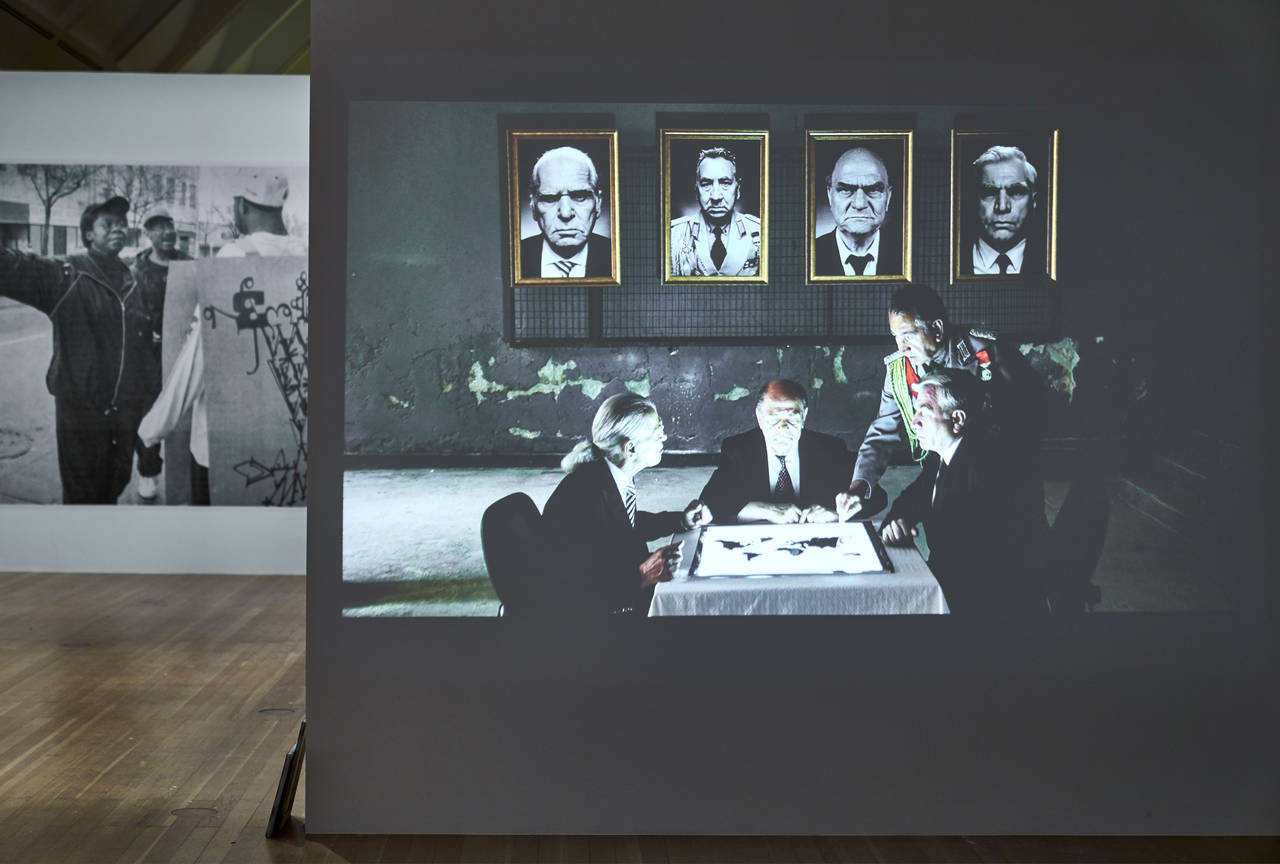
New strategies for political art – Part II
Following the first article on political art, Part II deals with sit-ins, political posters and other forms of protest in art from 1968 until today.

PHYLLIDA BARLOW
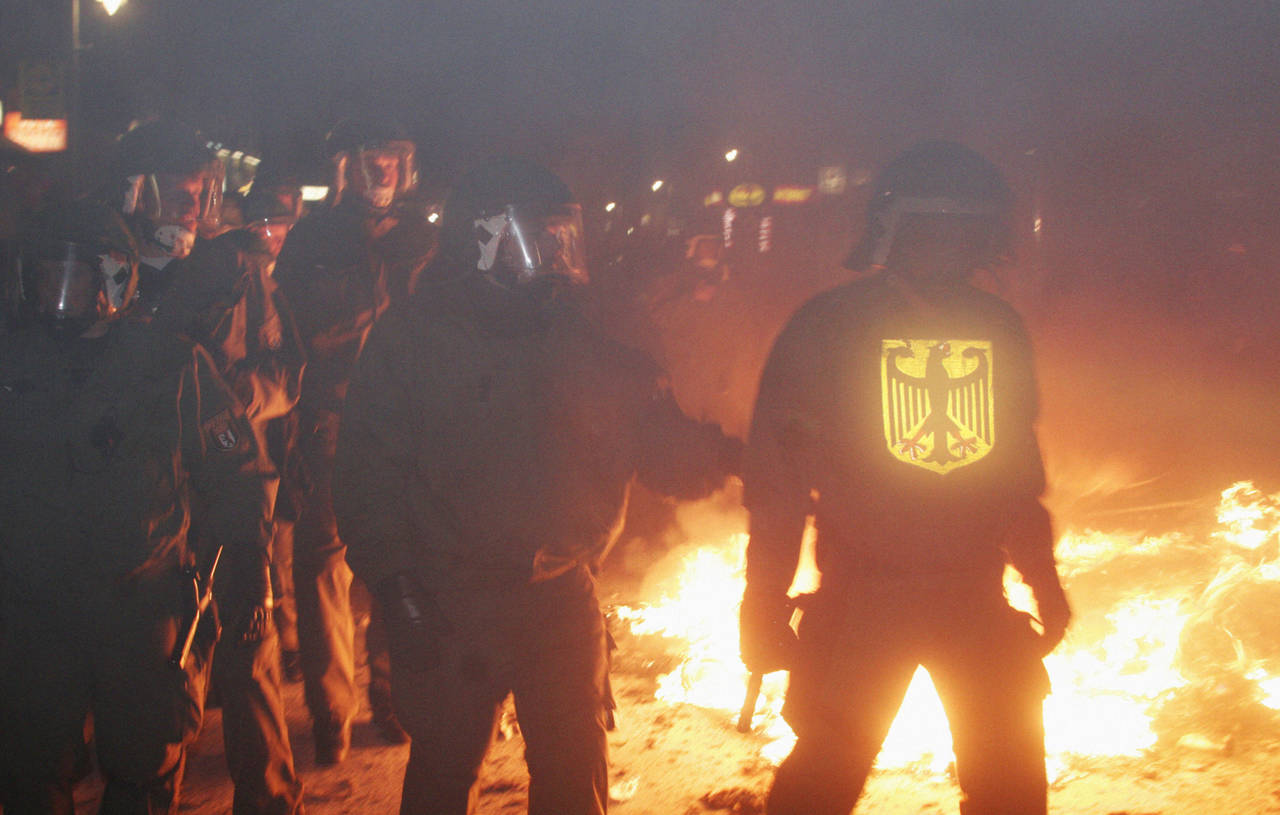
New strategies for political art – Part I
Politically committed art as we know it today would be almost inconceivable were it not for the events that took place around 1968. We too, so we are...

I am a political artist!
The artist Nasan Tur, born in Offenbach in 1974, lives and works in Berlin. SCHIRN MAG talked to him about the role of political art, the developments...
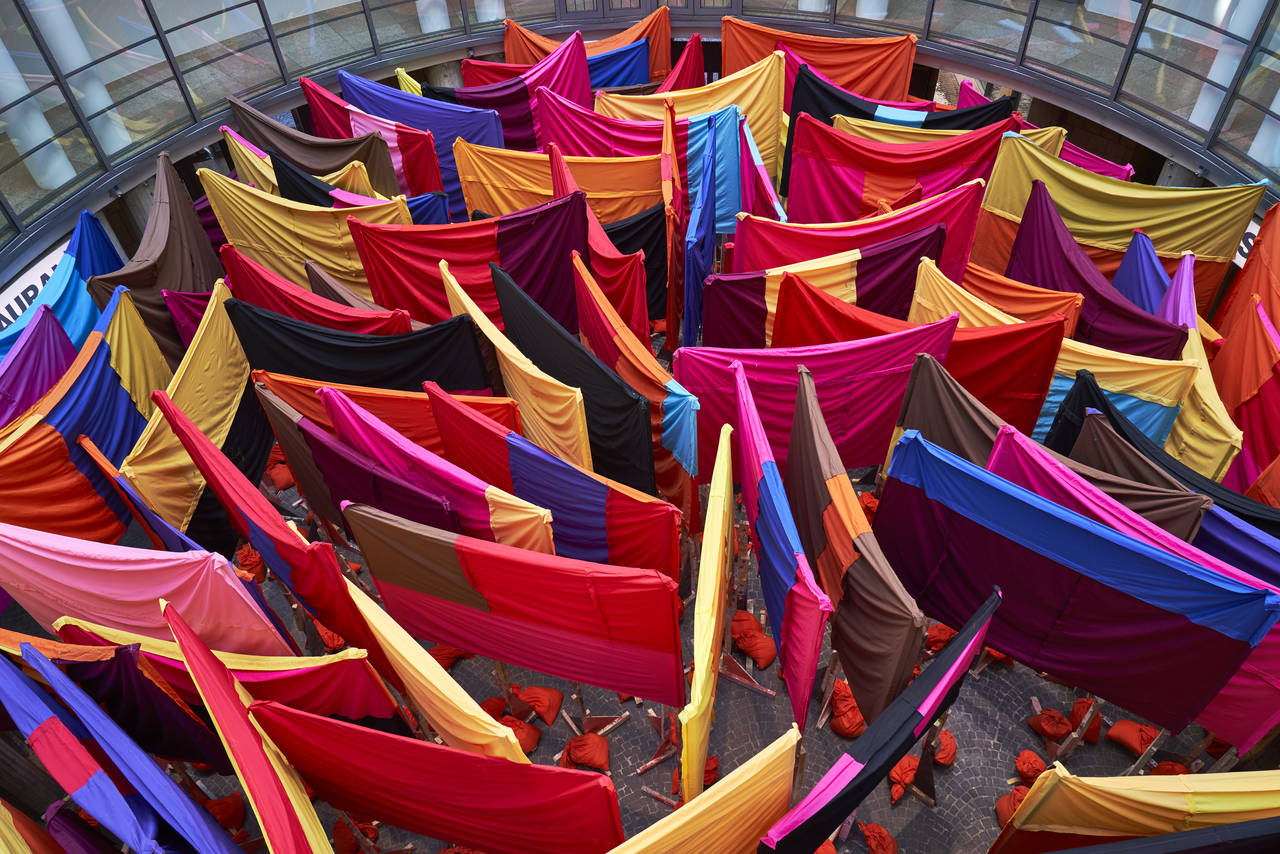
Exploring spatial limits
Wooden stakes sprinkled in paint and a sea of colorful banners currently rise up in the SCHIRN rotunda. “Untitled: 100banners2015” by artist Phyllida...

Championing democracy
SCHIRN MAG met Italian professor Donatella della Porta from Scuola Normale Superiore to talk about the dynamism of social protests and the bliss and...
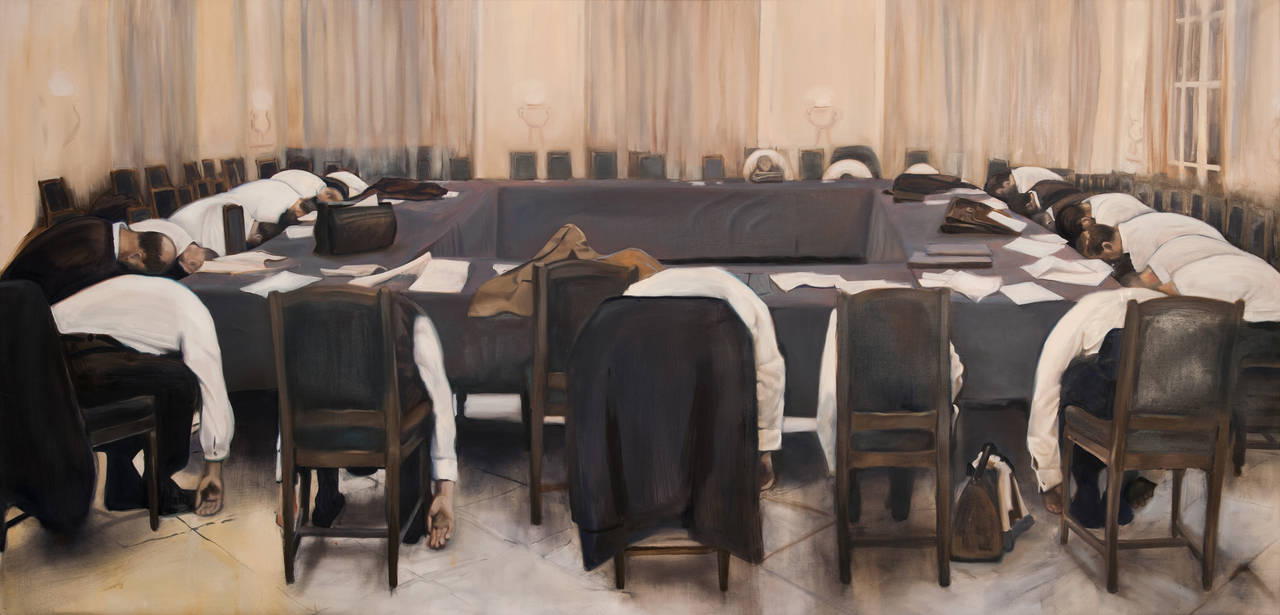
Adelita is typing...
SCHIRN MAG had a chat conversation with visual artist Adelita Husni-Bey about political art, pedagogical methods, and her painting “The Sleepers”,...
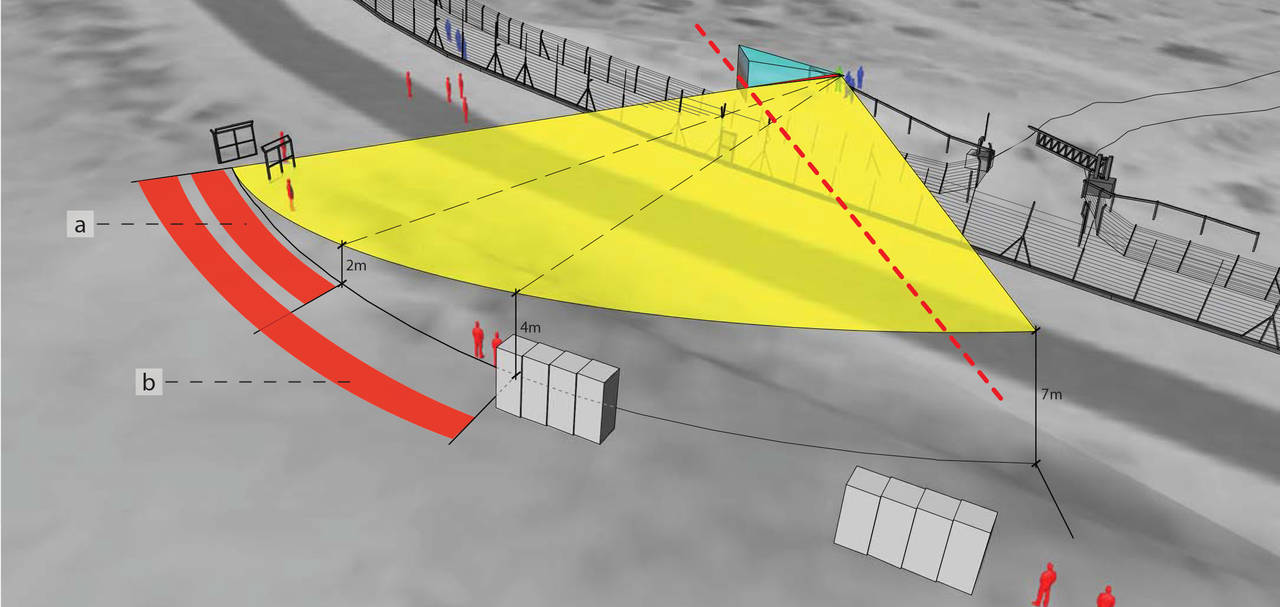
The Art of Investigation
Investigative methods are not only limited to journalistic, forensic or judicial investigation proceedings, but also encompass the sphere of art....

Talkin' 'bout a revolution – Part 2
The artist Katie Holten lives and works in New York, where SCHIRN MAG has paid her a visit. In Part 2 of the series she talks about tireless protests,...

AHMET ÖGÜT

Power to the People – Soundtrack
The soundtrack to the POWER TO THE PEOPLE exhibition at the SCHIRN includes songs dating from 1937 to the present day, with artists ranging from...

Talkin’ ‘bout a revolution – Part I
The SCHIRN MAG visited artist and activist Katie Holten at her New York studio to talk about tree drawings, powerful women and living in NY. Her...

DANI GAL
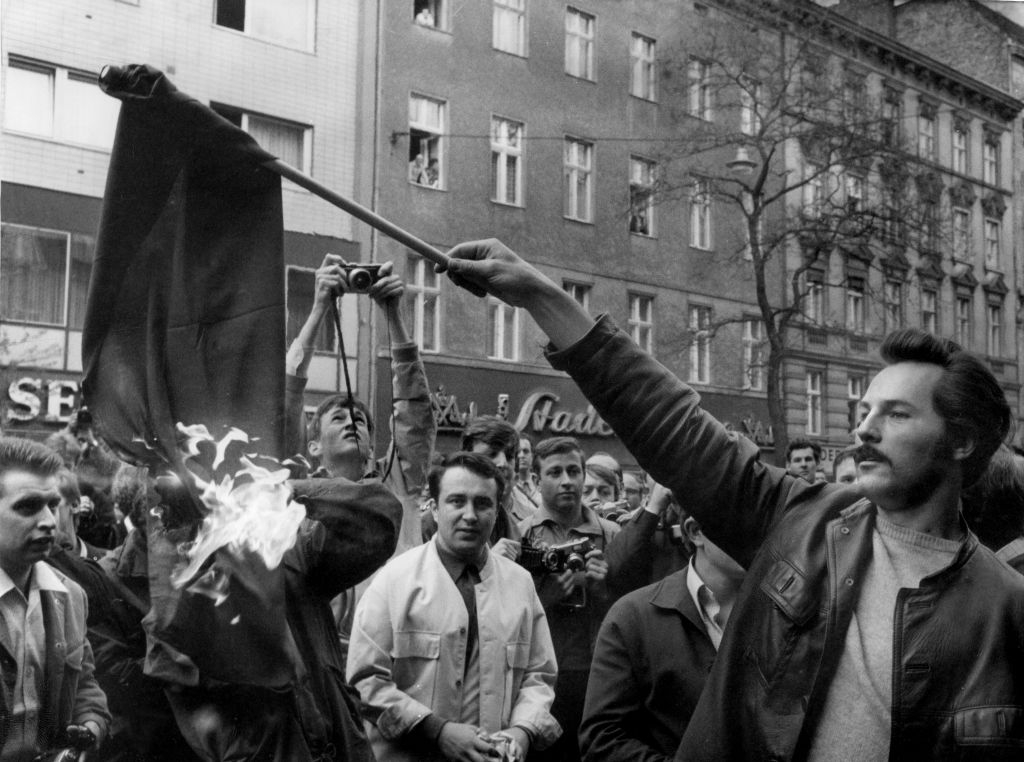
The DNA of protest movements
Wolfgang Kraushaar is a political scientist who has been conducting research for decades on the protests of 1968, radicalization, and the Red Army...
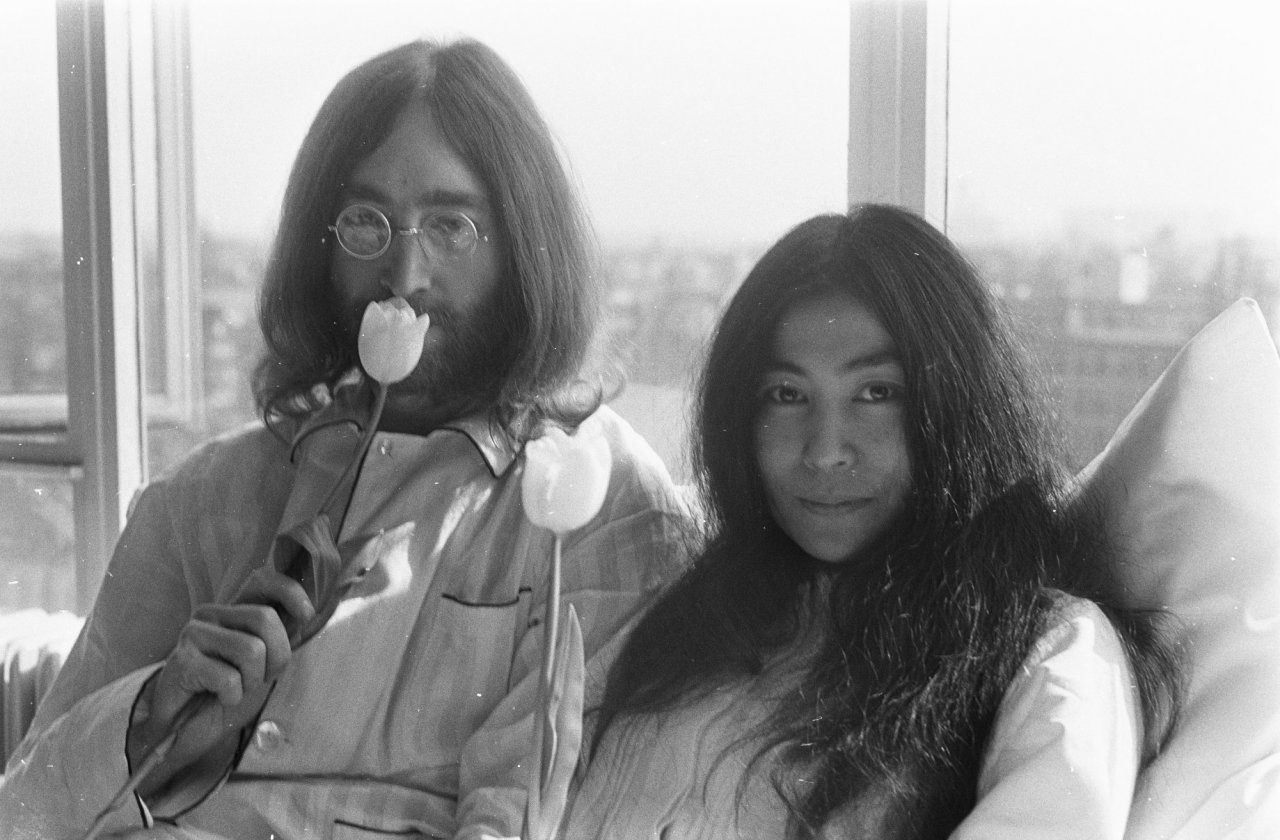
Power to the people – from the 1960s to today (Part 2)
Prominent figures like musicians John Lennon and James Brown, or computer specialist Ted Nelson, have made the political slogan “Power to the People”...
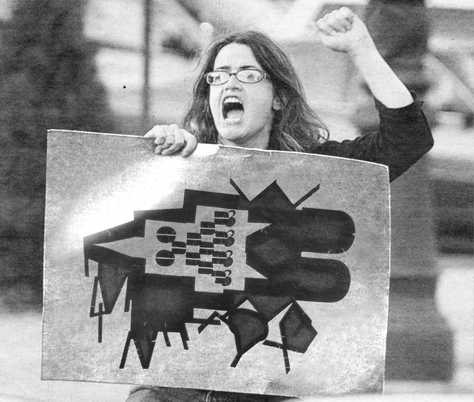
Power to the People - from the 1960s to the present
“Power to the People” is a slogan that reverberates time and again, used by civil rights movements all over the world.
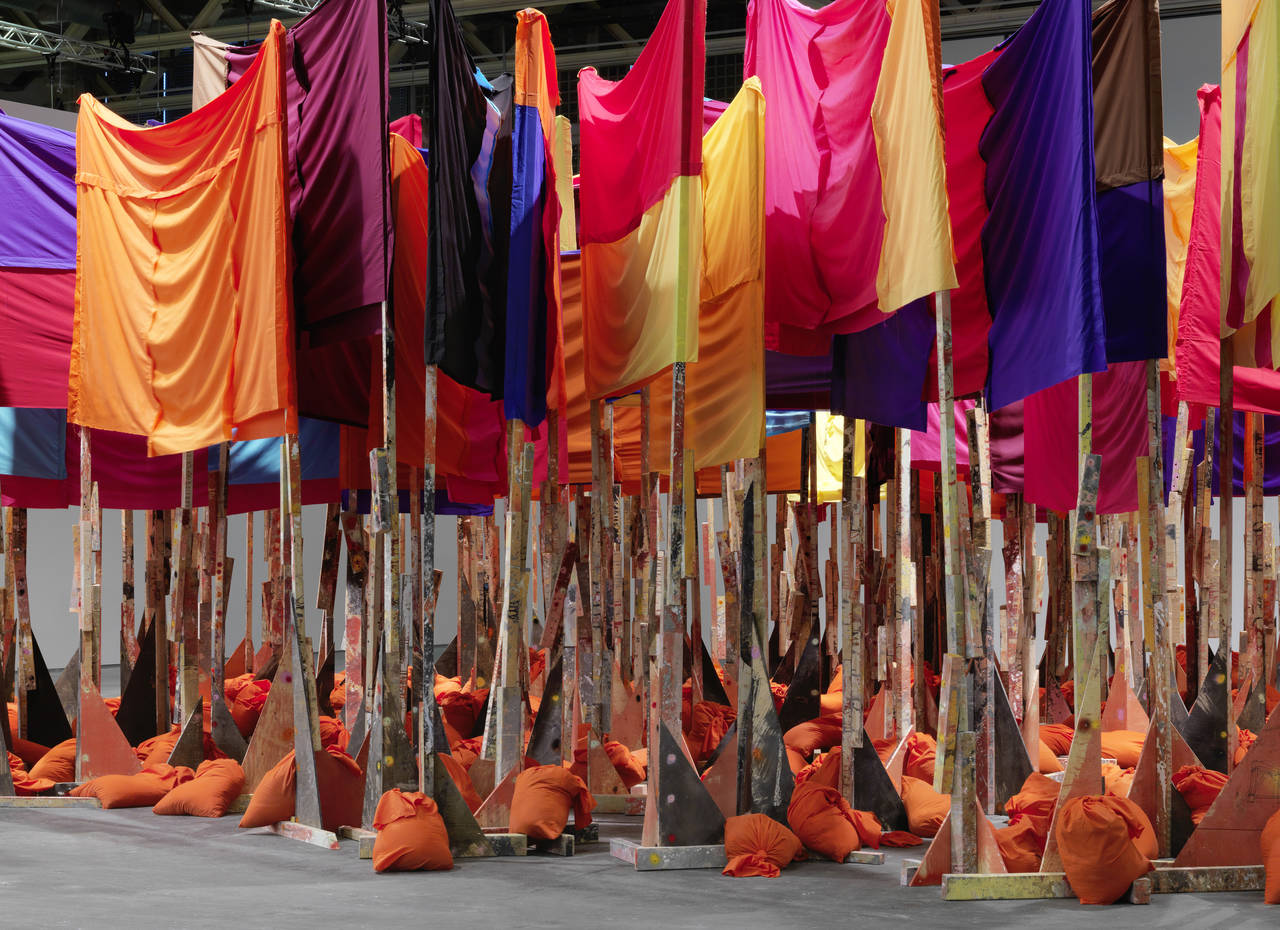
Power to the People
Starting March 21, 2018, the Schirn presents an extensive exhibition on the political art of the present day. It questions phenomena of and potential...